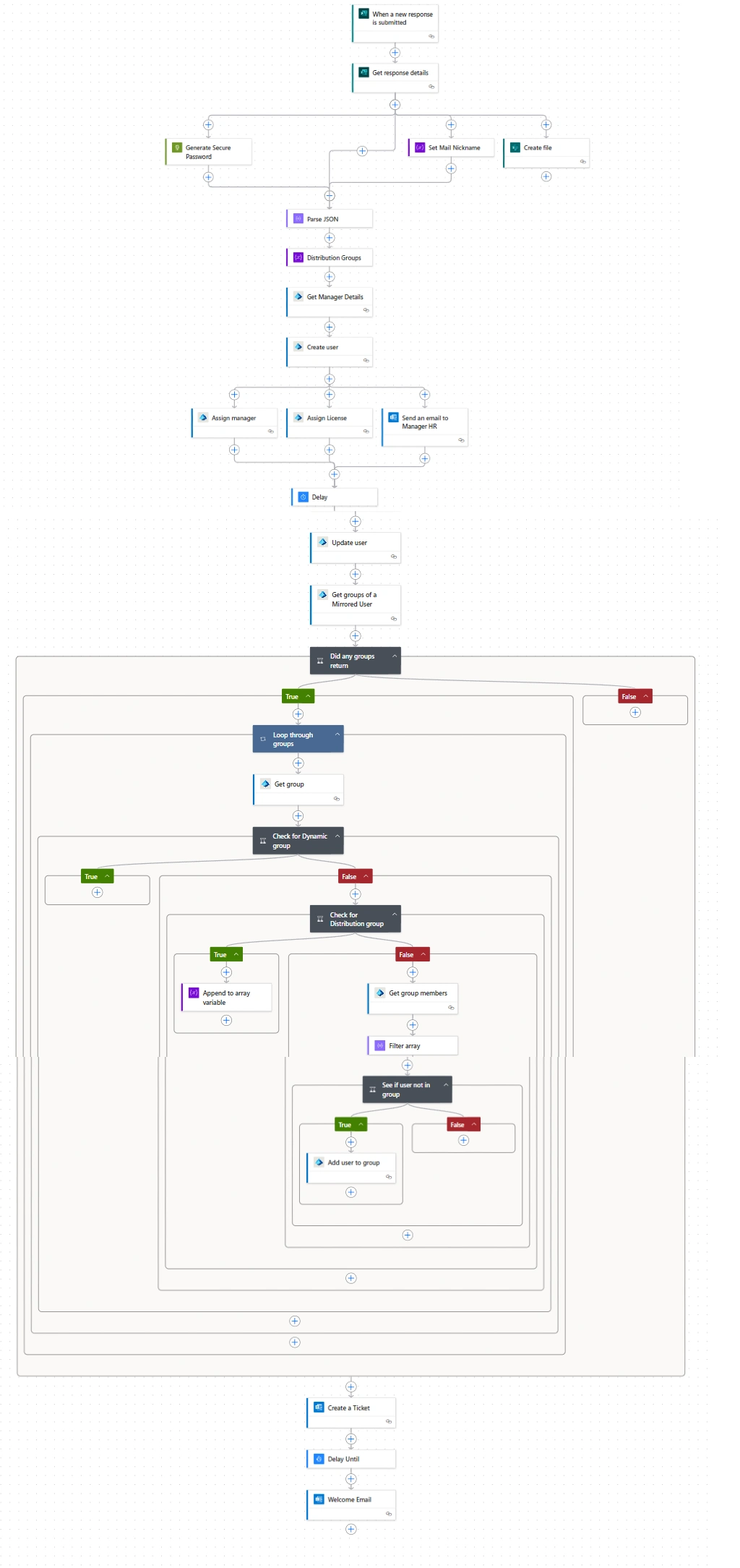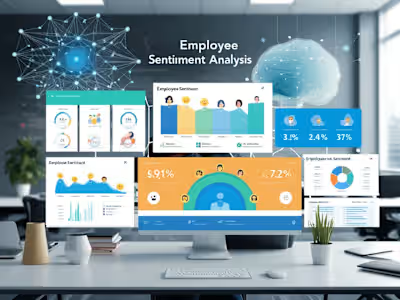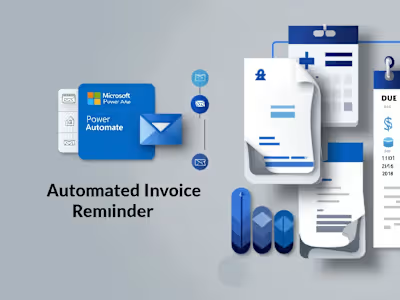Automated Employee Onboarding Workflow

Automated Employee Onboarding Workflow Documentation 🚀
Welcome to the complete documentation for our Automated Employee Onboarding project! This guide covers everything—from generating secure passwords using an Azure Function, provisioning user accounts in Microsoft Entra ID, to storing personalized documents in SharePoint/OneDrive, all orchestrated via Power Automate. 😃
Table of Contents
Overview
Architecture & Components
Workflow Steps
Trigger & Data Collection
Generate Secure Password with Azure Function
Process the HTTP Response
Automated User Provisioning in Microsoft Entra ID
Store User Documents
Final Notifications
Conclusion
Overview 🌟
This workflow automates the new hire onboarding process by:
Generating a secure, random password via an Azure Function 🔐
Provisioning a user account in Microsoft Entra ID 👥
Stores user resumes in SharePoint/OneDrive 📁
Sending final notifications to relevant parties 📧
By integrating Microsoft Power Automate with Azure and Office 365 services, the process minimizes manual intervention and ensures consistency and security.
Architecture & Components ⚙️
Power Automate Flow: The central workflow engine.
Azure Function: A Python-based service to generate a random secure password.
Microsoft Entra ID Connector: Provisions new user accounts.
Office 365 Connectors: - Stores user resumes in SharePoint/OneDrive
SharePoint/OneDrive: Stores document templates and final personalized documents.
Flow Architecture
Workflow Steps 🔄
1. Trigger & Data Collection
Trigger:
The flow is initiated when a new response is received (e.g., from a Microsoft Form).
Data Collected:
Employee details such as First Name, Last Name, Email, etc.
2. Generate Secure Password with Azure Function
An Azure Function generates the secure password. Use the following Python code:
3. Process the HTTP Response
Parse JSON Action:
Use the Parse JSON step in Power Automate to extract the
password field from the Azure Function's response.Direct Usage:
The parsed password field becomes available as dynamic content for subsequent actions. 📲
4. Automated User Provisioning in Microsoft Entra ID
Provision the new user account using the Microsoft Entra ID "Create user" action:
Add the "Create user" Action in Power Automate.
Fill in the Required Fields:
Account Enabled:
Set to
true.Display Name:
Mail Nickname:
User Principal Name (UPN):
Password:
Given Name & Surname:
5. Manage User Documents (e.g., Resume)
This section focuses on managing user documents such as resumes. The process takes the resume from the submitted form and stores it in the SharePoint/OneDrive.
5.1. Prepare Resume Templates
Store:
Save the resume template in SharePoint or OneDrive so that Power Automate can access and update it when needed. 📁
Create the Final Resume Document:
Use the "Create file" action to save the populated resume to a designated SharePoint or OneDrive folder.
Distribution:
Optionally, send the resume via email as an attachment or provide a downloadable link for HR review.
6. Final Notifications
Notify the new hire and/or relevant teams about the successful onboarding.
Send an Email Action:
Configure the Office 365 Outlook "Send an email (V2)" action with the following details:
Recipients:
New employee's email or the HR/IT team.
Subject:
"Welcome to [Your Company] – Your New Account Details"
Body:
Include the UPN, temporary password, and a link or attachment of the personalized document.
Example Email Body:
Conclusion 🎉
This fully automated onboarding workflow:
Generates secure passwords using an Azure Function 🔐
Provisions user accounts in Azure AD 👥
Stores user resumes in SharePoint/OneDrive 📁
Notifies all the relevant parties efficiently 📧
By leveraging Power Automate along with Azure and Office 365 services, this process significantly reduces manual work and ensures a secure, consistent onboarding experience.
Enjoy your streamlined new hire onboarding process! 😃
Like this project
Posted Apr 22, 2025
Automated employee onboarding using Azure, Power Automate, and Office 365.






